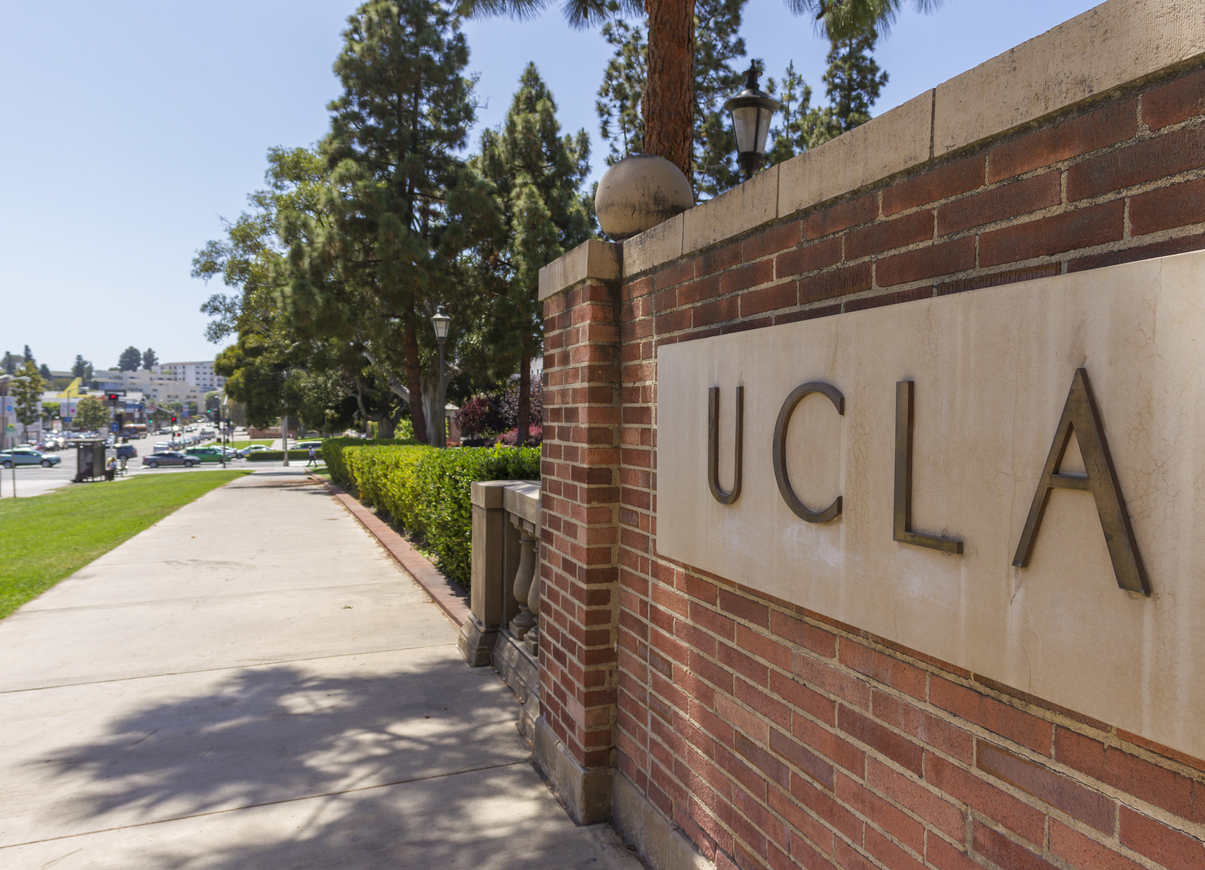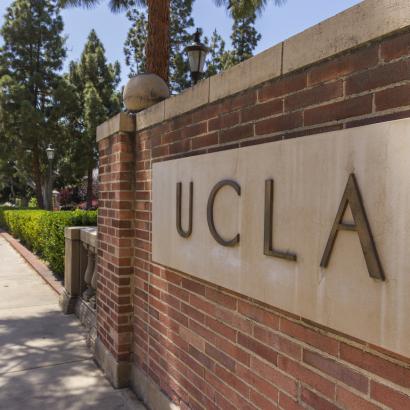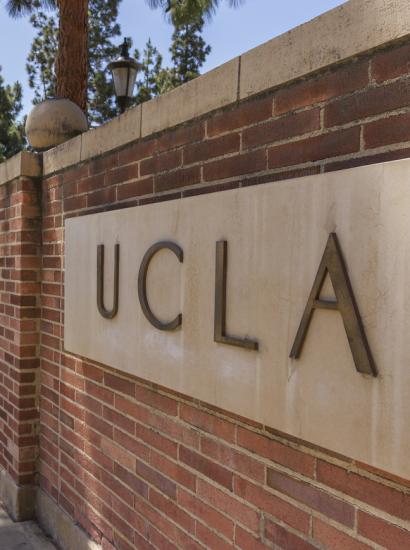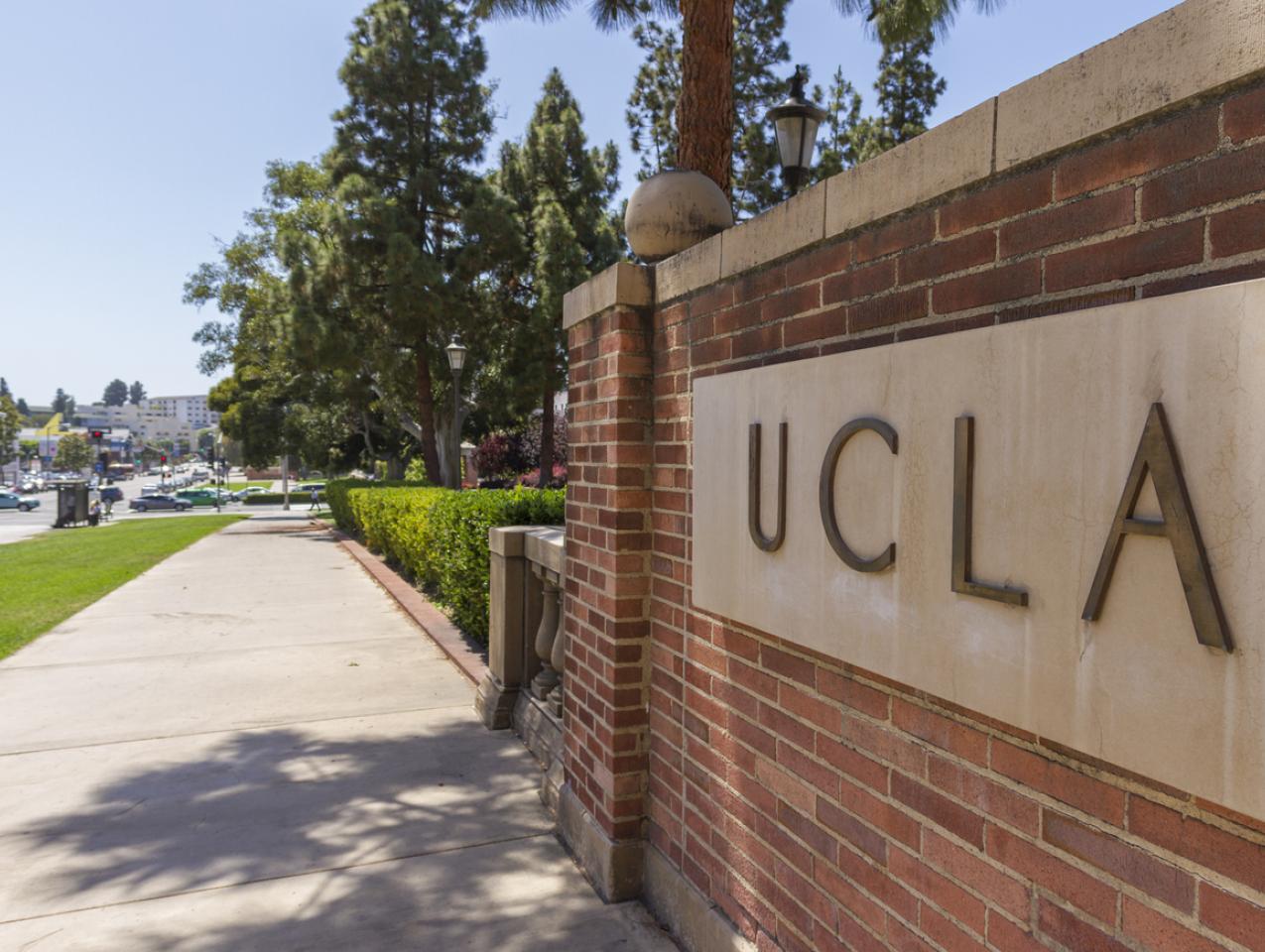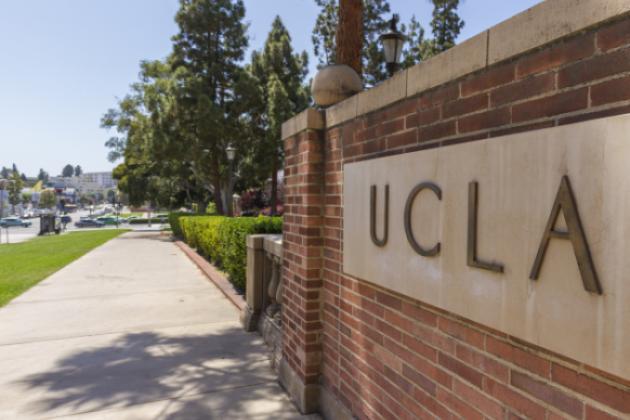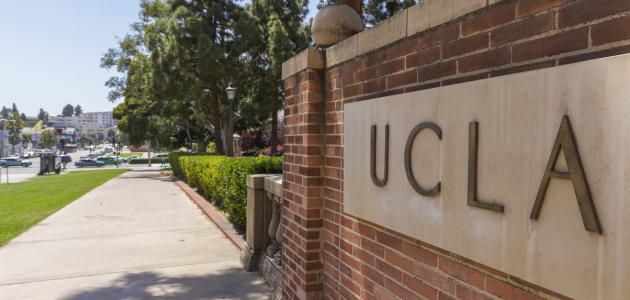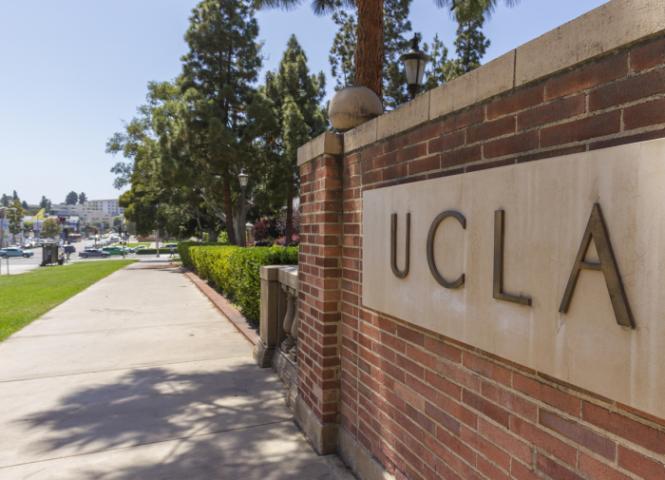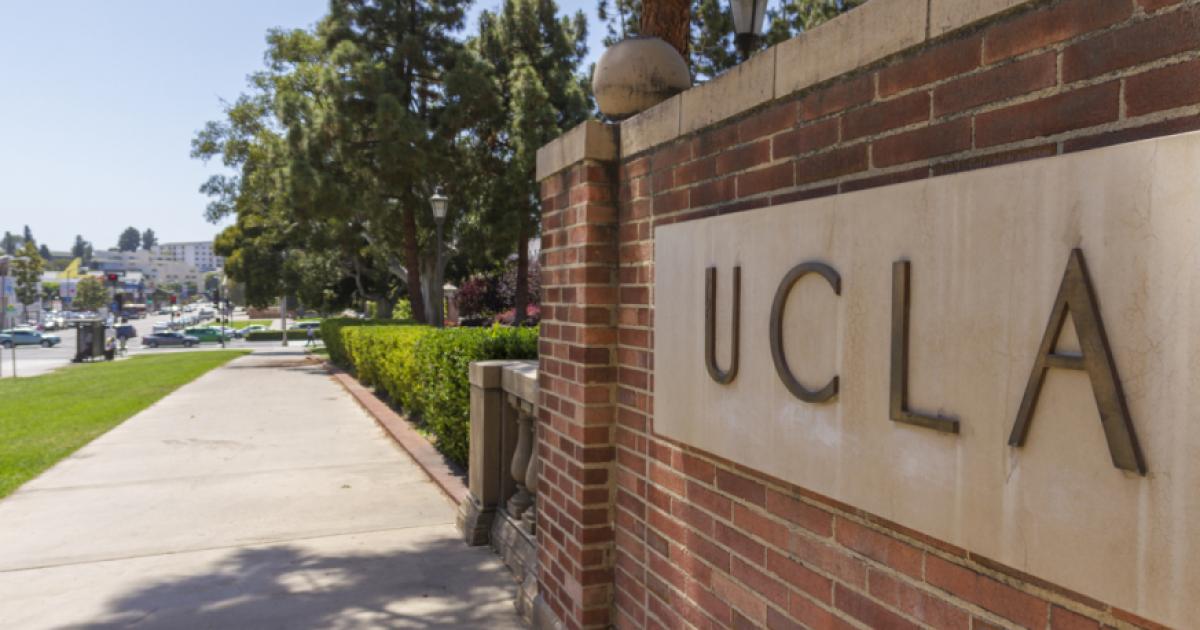The biggest loser in Las Vegas last weekend? Try: the Pacific-12 Conference, which held its annual football title game in Sin City.
For the second straight year, the conference hoped that its highest-ranked squad would land an invitation to the NCAA’s four-team College Football Playoff. And, for the second straight year, the scenario didn’t pan out, as the University of Southern California fell to the University of Utah (the Utes also played the role of spoiler last year when they upset the University of Oregon).
All of which would be amusing except for one minor detail: by failing to crack this year’s playoffs, the Pac-12 missed out on a $6 million payday for the conference (though the conference will collect $4 million thanks to USC’s receiving an invitation to the Cotton Bowl).
While USC’s performance was disappointing, there’s a bigger story with regard to the state of college football in the Golden State —specifically, that of USC and the University of California–Los Angeles deciding to join the Big 10 conference beginning in 2024.
Here, California politicians and their political appointees may bear part of the blame for the two Los Angeles schools’ desire to seek “greener” pastures.
How so?
First, for all the posturing and angry reactions around the notion of a pair of colleges with Southern California ZIP codes joining an athletic conference based mostly in the Midwest (yes, that includes climate-change alarmists who care not for the extra airline flights east and west), there’s not much California officialdom can do to stop the exodus.
Leading that chorus of dismay: California governor Gavin Newsom, who had some choice words to offer when UCLA and USC announced their break back in late June. “No big deal, I’m the governor of the state of California,” Newsom told reporters. “Maybe it’s a bigger deal that I’m the chair of the UC Regents. Is it a good idea? Did we have a chance to discuss the merits or demerits? I’m not aware of it. It was done in isolation.”
(Penalty on the play: Newsom is in fact an ex officio member of the Board of Regents, not its “chair”)
As for that collegiate governing board, which convenes next week to discuss the impact of UCLA’s move on fellow Pac-12 member Cal-Berkeley (USC is a private institution and not part of the University of California system), there’s not much that can be done to stop the “Calexit” other than bluster—or, maybe a resolution calling for some of UCLA’s new revenue to be diverted to Cal-Berkeley’s athletic department as a penalty for leaving the Pac-12 Conference.
Why the lack of clout? Because existing UC policy allows university presidents to task chancellors with executing contracts—yes, including intercollegiate athletic agreements.
So what will the December 14 regents’ meeting produce, other than lamentations on the future of football in America’s most populous state?
Ideally, the session would produce a mea culpa from one its higher-profile regents—and an embrace of the uniqueness of California-brand college athletics.
The apologist, in this case, would be Newsom. Three years ago, in defiance of then existing NCAA rules, California’s governor signed a law allowing college athletes in the Golden State to earn compensation for their persona—in sports parlance, “NIL” (“name, image, likeness”).
Newsom made sure his action didn’t go unnoticed at the time: the bill signing was aired via Uninterrupted, an internet “sports culture” platform that includes LeBron James among its owners.
Nor did California’s governor go easy on the bloviation. “Collegiate student athletes put everything on the line—their physical health, future career prospects and years of their lives to compete,” Newsom said in a released statement.
He added: “Colleges reap billions from these student athletes’ sacrifices and success but, in the same breath, block them from earning a single dollar. That’s a bankrupt model—one that puts institutions ahead of the students they are supposed to serve. It needs to be disrupted.”
Ironically, that statement includes the words “power imbalance” in its headline. Yet, the advent of NIL agreements in college sports, along with a player transfer portal that’s the equivalent of professional free agency and conference realignments (in addition to the Pac-12 shake-up, the Big 12 Conference will lose the Universities of Oklahoma and Texas to the juggernaut Southeastern Conference), has created just that—a “power imbalance.” Look no further than California and two elite private institutions for evidence of how the scales have tipped. In the Golden State, transfer-rich USC is born again as an elite football program while Stanford University, home to arduous transfer rules, is searching for a new football coach-director after three consecutive losing seasons.
A more productive use of Newsom’s time and rhetoric when the UC regents meet: not bashing UCLA or the Big 10 but instead championing a decades-long “California approach” to college sports—the Pac-12 calling itself “the conference of champions” for its success in team sports—that celebrates breadth of program rather than a top-heavy emphasis on the money-making giants of college athletics: football and men’s basketball.
Among California’s public universities, UCLA is the embodiment of that approach. Fifty current or former UCLA students made Olympic rosters for last year’s summer games in Tokyo, with 15 athletes winning medals (the same as Cuba and one more than Poland). Newsom could argue that UCLA, by staying in the Pac-12, would continue that tradition as a California-based pipeline for Olympic athletes.
But that would be overlooking something that often goes ignored in Sacramento —and many a conversation involving the management of California’s public universities: fiscal integrity. UCLA’s athletic program reportedly has run a $102 million deficit over the past three fiscal years. By joining the more lucrative Big 10, UCLA in theory would be in a better position to save some cash-strapped sports.
Perhaps that could be a topic of future UC regent consternation: in addition to keeping a prominent Los Angeles–based public university in the Pac-12 sports fold, getting answers as to how that storied athletic program managed to rack up a mountain of debt.
Answer that question—financial strains will be a recurring theme inside the UC system in the month ahead, given a projected $25 billion deficit for California’s next state budget—and UC’s regents can claim back a little of that Pac-12 swagger lost in Las Vegas last weekend.







